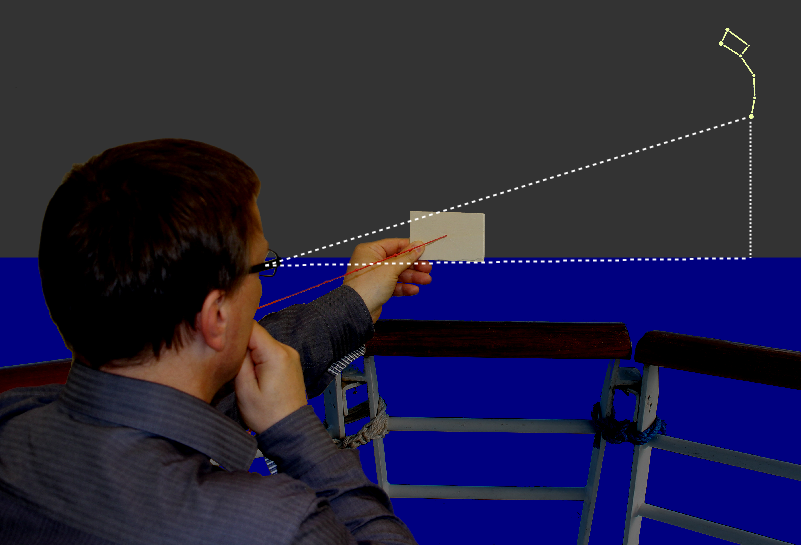AntarcticPilot
Well-Known Member
Actually, still used by French surveyors. A lot of surveying instruments have"grads" as an alternative unit of angular measure.Revolutionary France tried 400 gradians, or gons, in a circle. They were never much used, although my ancient TI-33 calculator (1978?) does them.
Entirely agree that Radians are the sensible unit for a lot of things; it removes arbitrary constants from a lot of equations. One constant bugbear for me was having to remember to implement degrees to radians and radians to degrees when I wrote libraries to handle map projections. Not many languages have them built in - the best you can hope for is a defined value of Pi with an accuracy suitable for the floating-point representation in use (I'm old enough that floating-point numbers weren't standardized when I started).
The French system did integrate various measures very neatly - the original definition of the metre was that the distance from the equator to the pole was 10,000,000 metres (10,000 km), so 1 grad = 100 km. Unfortunately, the earth isn't a sphere so you can't measure the length of an arc of latitude at any point and still get the same answer, so it was rapidly changed to being the length between two marks on a bar of precious metal. The original definition is close enough to be useful for approximations - I forget the exact accuracy, but it's good to better than 1%, I think.

